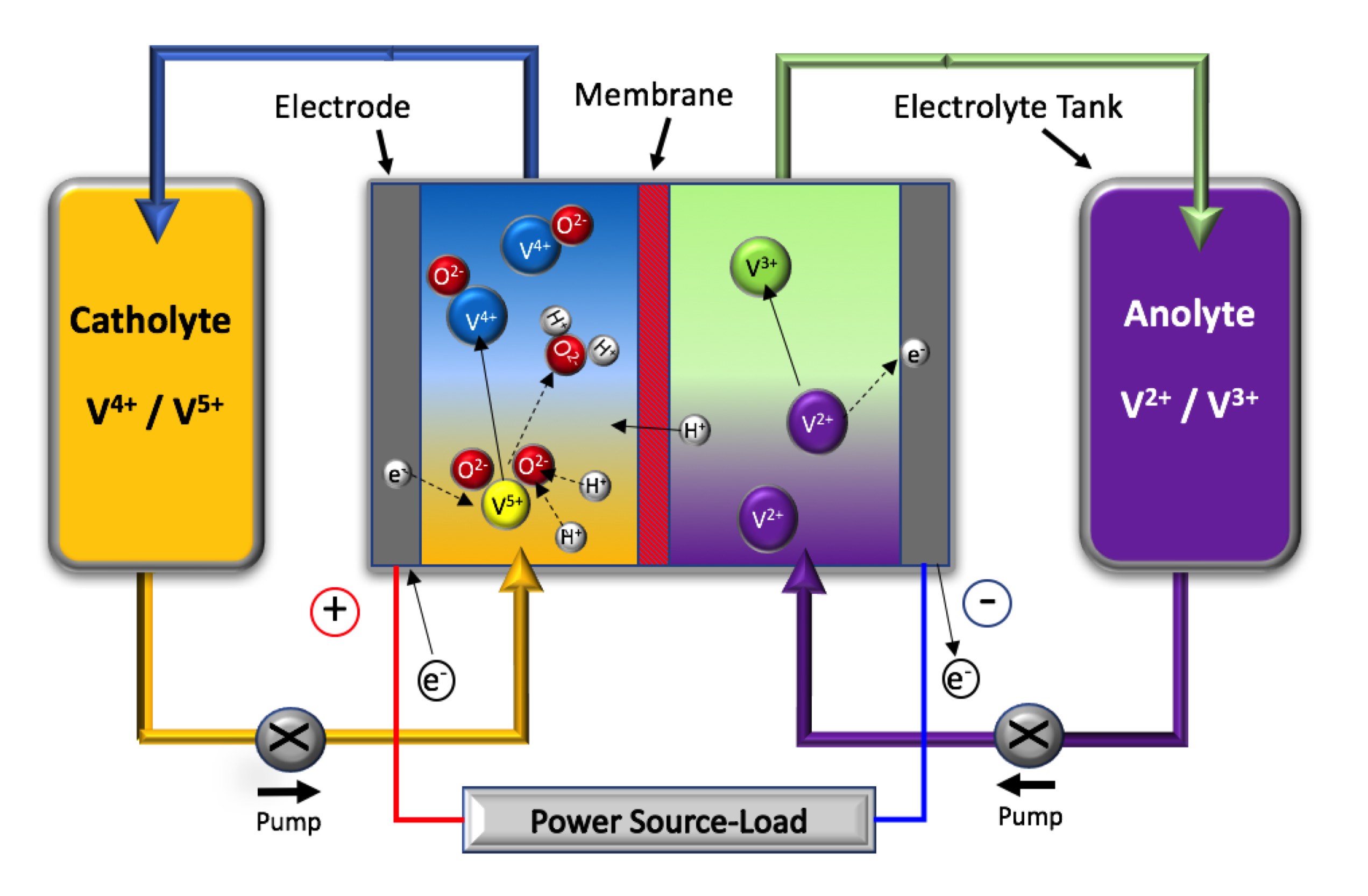
Redox Flow Battery ImpRESS
Abstract. Redox flow batteries are a critical technology for large-scale energy storage, offering the promising characteristics of high scalability, design flexibility and decoupled energy and.
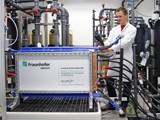
RedoxFlowBatterie Fraunhofer UMSICHT
April 2020. 8. Redox-Flow-Batterien sind Lithium-Ionen-Akkus bei Umweltfreundlichkeit, Zyklenfestigkeit und Wirkungsgrad überlegen. Der Artikel zeigt Vorteile und Nachteile der Redox-Flow-Batterie. Die Redox-Flow-Batterie, oft auch Redox-Fluss- oder Flüssigbatterie genannt (Red = Reduktion bzw. Elektronenaufnahme / Ox = Oxidation bzw.
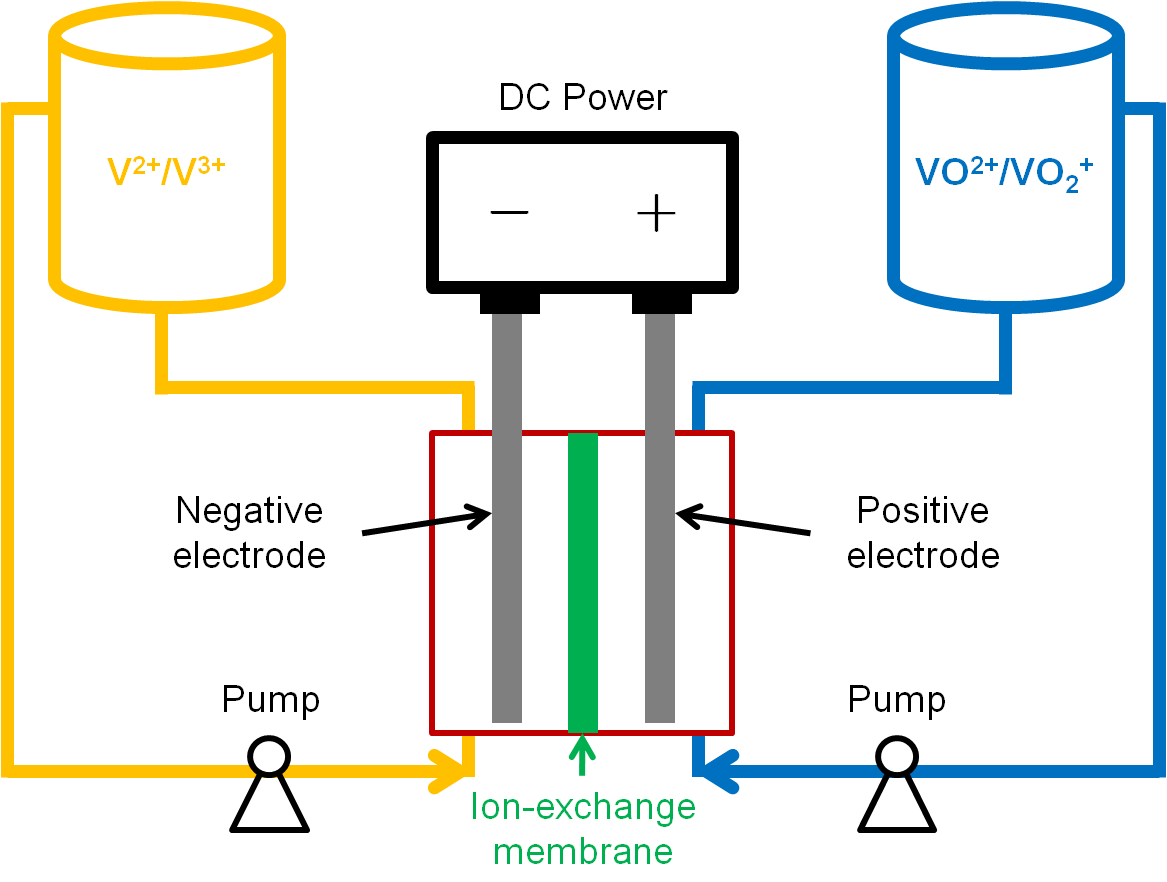
Vanadium RedoxFlow Battery
1. Introduction. In the current scenario of energy transition, there is a need for efficient, safe and affordable batteries as a key technology to facilitate the ambitious goals set by the European Commission in the recently launched Green Deal [1].The bloom of renewable energies, in an attempt to confront climate change, requires stationary electrochemical energy storage [2] for effective.

Sulphurbased redox flow battery with 15 consecutive hours of runtime pv magazine International
Das Münchner Start-up sieht einen wachsenden Bedarf an größer dimensionierten Speichern. Für die bestehenden Kunden werden die die vertraglich zugesicherten Service- und Supportleistungen erfüllt. Kunden, die einen Redox-Flow-Heimspeicher bestellt oder bereits angezahlt haben, sollen sich mit ihren Fachpartnern in Verbindung setzen.
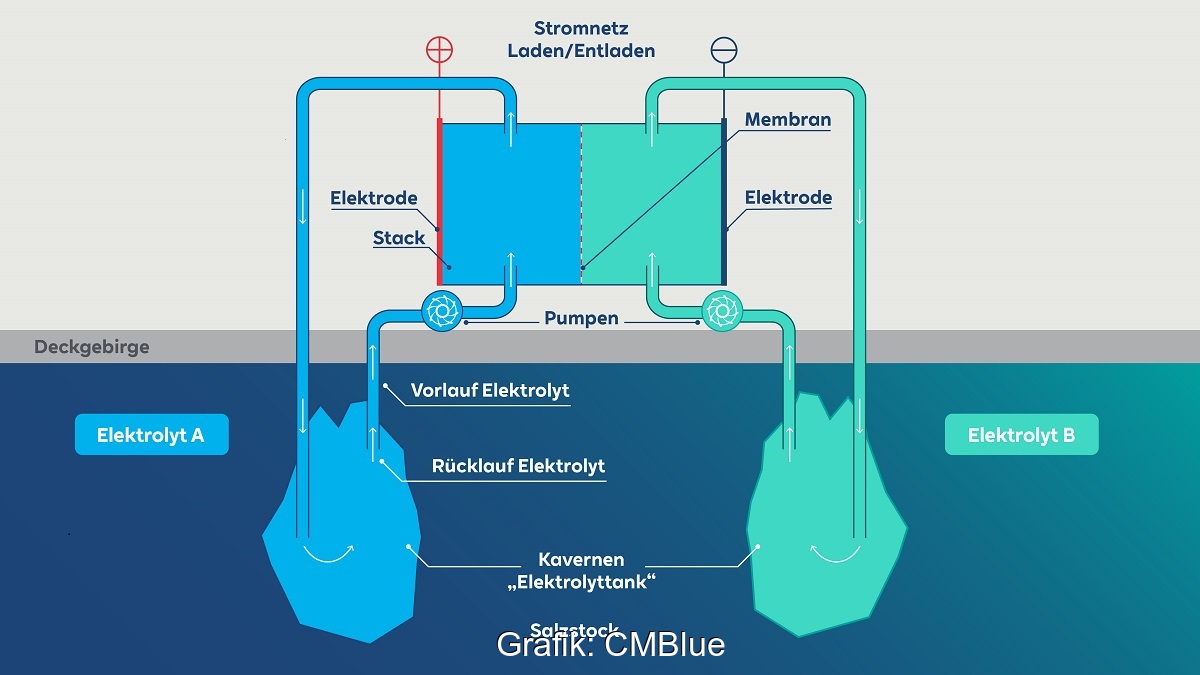
Organische RedoxFlowBatterie Unterirdische Gasspeicher als Stromspeicher nutzen Solarserver
Flow battery. A typical flow battery consists of two tanks of liquids which are pumped past a membrane held between two electrodes. [1] A flow battery, or redox flow battery (after reduction-oxidation ), is a type of electrochemical cell where chemical energy is provided by two chemical components dissolved in liquids that are pumped through.
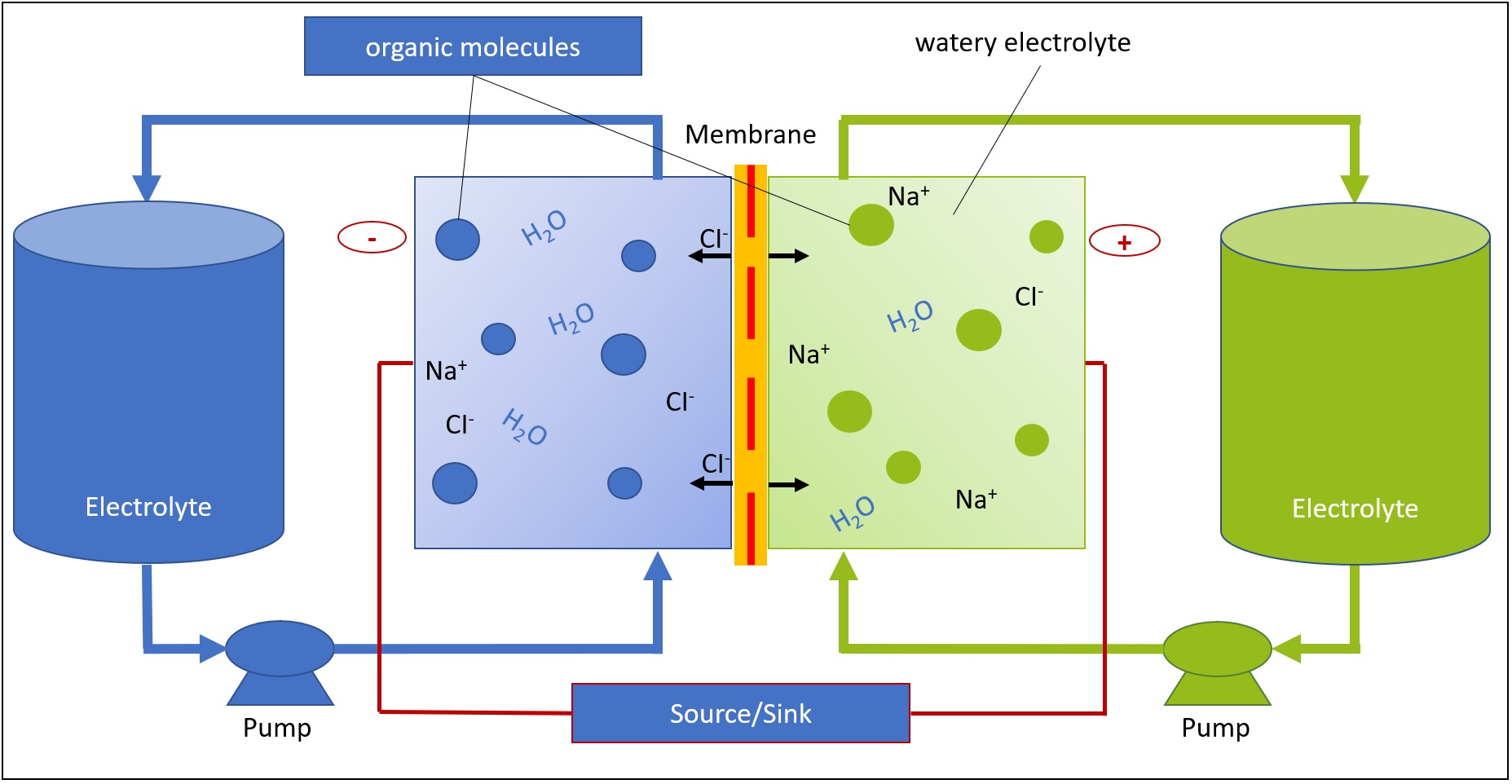
Redox flow battery Functionality, types & research DiLiCo
Bild: Schematische Darstellung der Funktionsweise einer Redox-Flow-Batterie. beiden Elektrolyte (Redox-Paar) und beträgt im Leerlauf zwischen 1,1 V für Wasserstoff-Brom Redox-Paare bis hin zu 1,5 V für Brom-Polysulfid. Der elektrische Gleichstrom und die lastabhängige Zellspannung sind durch die Leistungselektronik auf ein konstantes Spannungslevel entsprechend der Last anzupassen.
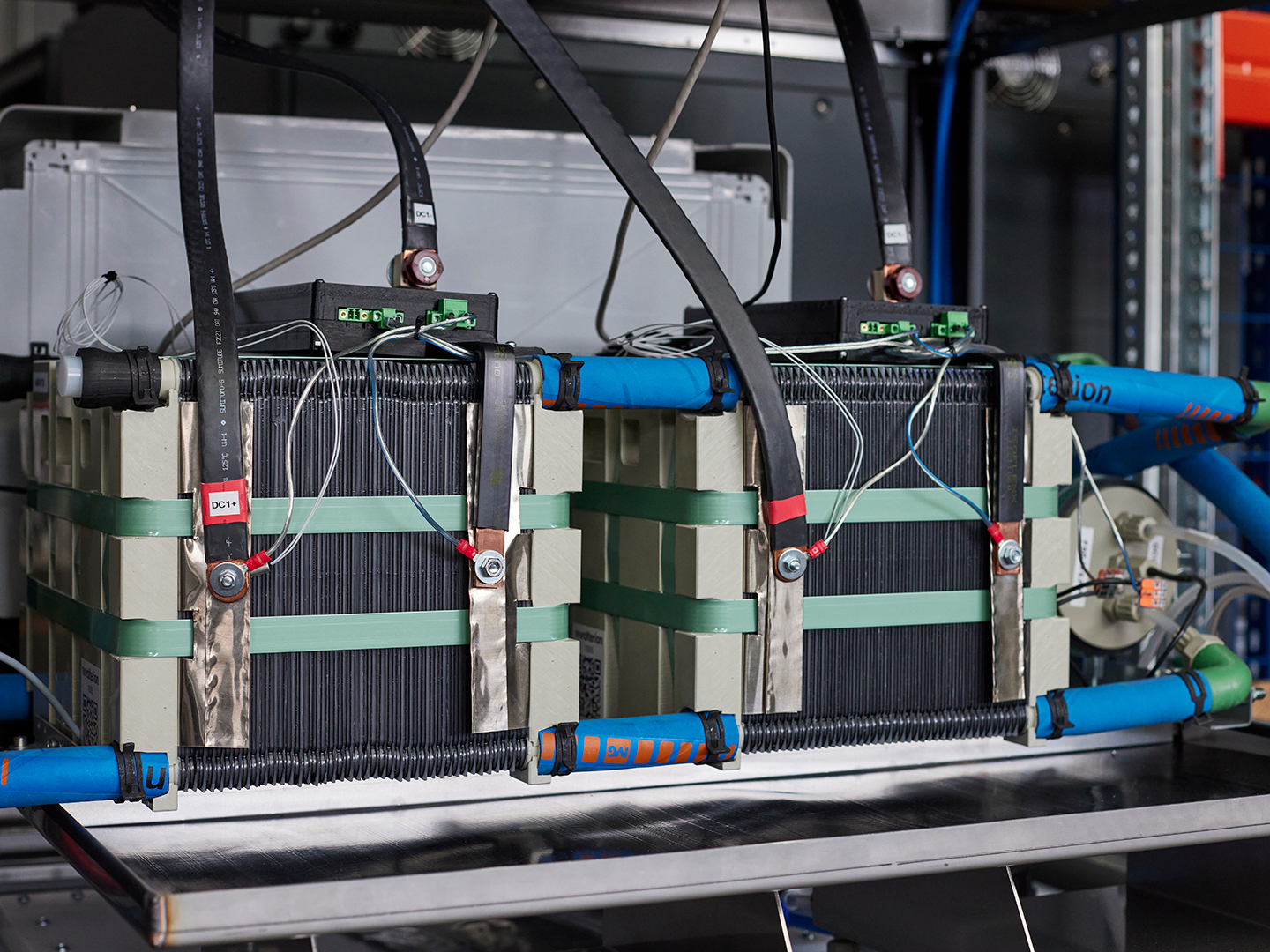
Redox flow batteries Fraunhofer UMSICHT
1 Introduction. Over 22 000 000 000 000 kWh (22 000 TWh) was the global electricity consumption in 2018 but only 26 % have been produced using renewable energy sources, such as hydro, geothermal, tidal, wind or solar power 1, 2.On the way to a secure, economic and environmentally compatible future of energy supply, the share of renewable energies will rise strongly in the coming decades as.
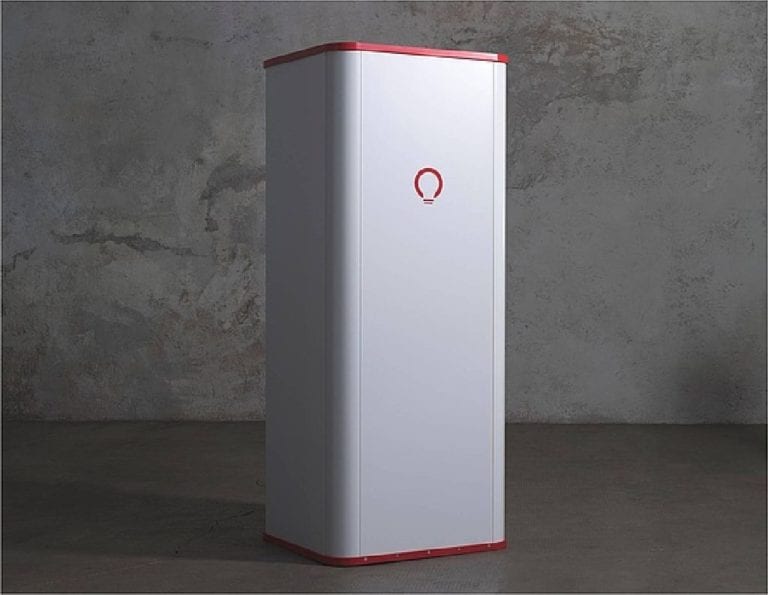
RedoxFlowBatterie Vorteile und Nachteile von Flüssigbatterien
Paj.meister. An important advantage of redox flow is that it's relatively low-cost. The converter stays the same size for a given power density, but the duration power can be extended from four.
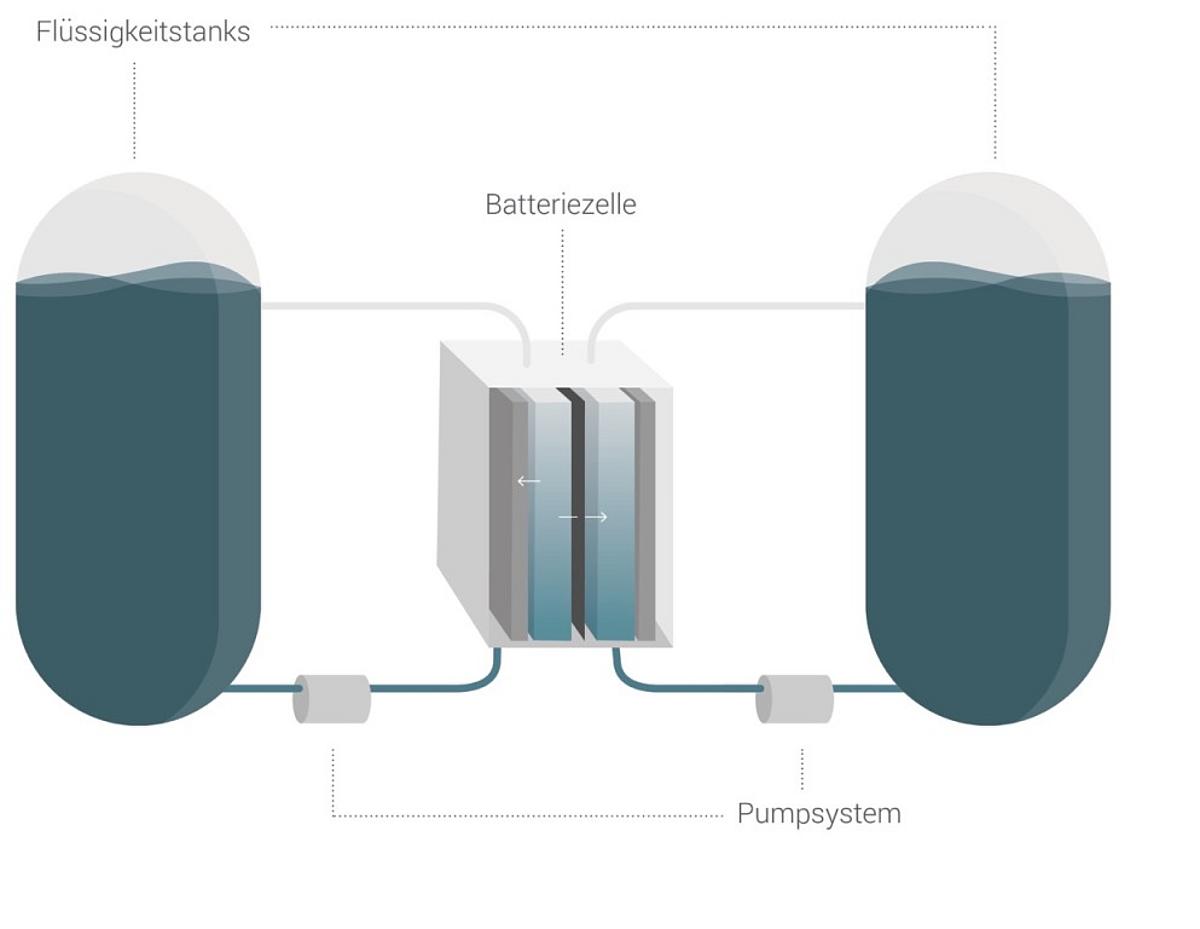
VanadiumRedoxFlow bald Stromspeicher fürs Eigenheim energiezukunft
Sicher, langlebig und nachhaltig: das sind die Kennzeichen unseres STORAC Redox-Flow Speichers für Photovoltaikanlagen. Mit ihm machen wir die seit den 90er Jahren bewährte Redox-Flow Speichertechnik - auch bekannt als Flussbatterie - für das Eigenheim nutzbar. Unsere Speichertechnologie verzichtet auf seltene Erden, kann nicht brennen.
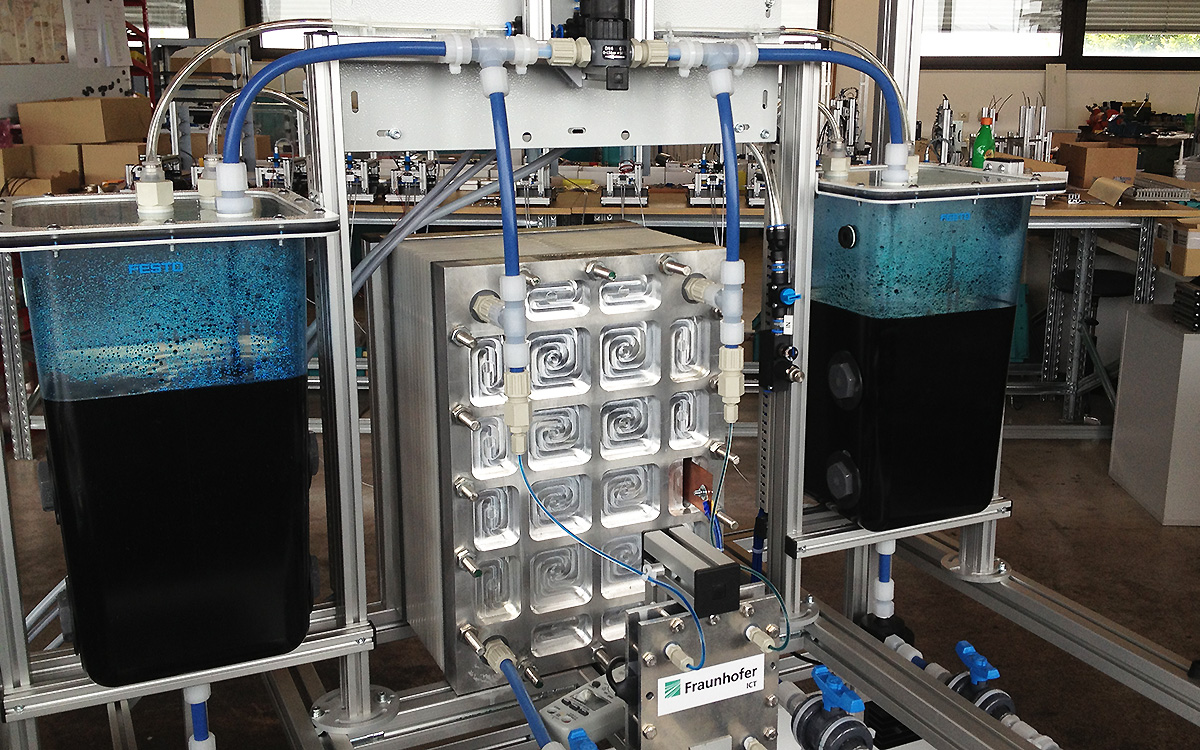
Meleon RedoxFlowBatterie
Die optimale Lösung für anspruchsvollste Anwendungen - private Solarsysteme, gewerbliche und industrielle Speicherung sowie anspruchsvolle Großkraftwerke. Innovative Redox-Flow-Batterietechnik in kompaktem Design für die Speicherung erneuerbarer Energien. Unsere Stacks zeichnen sich durch hohe Qualität und kompaktes Design aus.

Schematic diagram of an all vanadium redox flow battery structure... Download Scientific Diagram
Redox Flow Battery for Energy Storage. The word redox is a combination of, and thus stands for, reduction and oxidation. A redox battery refers to an electrochemical system that generates oxidation and reduc-tion between two active materials, forming a redox system, on the surface of inactive electrodes (the electrodes them-selves do not change).

RedoxFlowBatterie So funktioniert brine4power DER SPIEGEL
Bisher ist ihre Fertigung noch sehr aufwändig, den Redox-Flow-Stromspeichern wird jedoch ein großes Potenzial als Netzspeicher für die Energiewende, etwa zur Verschiebung von Sonnenenergie für den Verbrauch während der Nacht, prognostiziert..
Redox Flow Batterien in der Lehre Professur für Regenerative Energiesysteme
Die Redox-Flow-Batterie (RFB) oder (Redox-)Flussbatterie - allgemeiner auch Flüssigbatterie oder Nasszelle genannt - ist eine Ausführungsform eines Akkumulators.Sie speichert elektrische Energie in chemischen Verbindungen, wobei die Reaktionspartner in einem Lösungsmittel in gelöster Form vorliegen. Die zwei energiespeichernden Elektrolyte zirkulieren dabei in zwei getrennten.

RedoxFlowBatterie als Stromspeicher
During the charge (red arrows), B − is oxidized to B, losing one electron which is driven to the other half cell where reacts with A, reducing it to A −.B and A − are the charged species in this system. State-of-charge (SoC) for the battery is defined as the percentage of species in a charged state in respect to the discharged species, B − and A. Cations X + pass through the membrane.

Neuartige RedoxFlowBatterien werden erstmals rentabel
Jan Girschik: Basically, redox flow batteries are particularly suitable for stationary energy storage tasks, but they are also very flexible in their use. The main area of application in the private sector is the intermediate storage of solar and wind energy to increase the use of the own electricity and thus the degree of self-sufficiency.
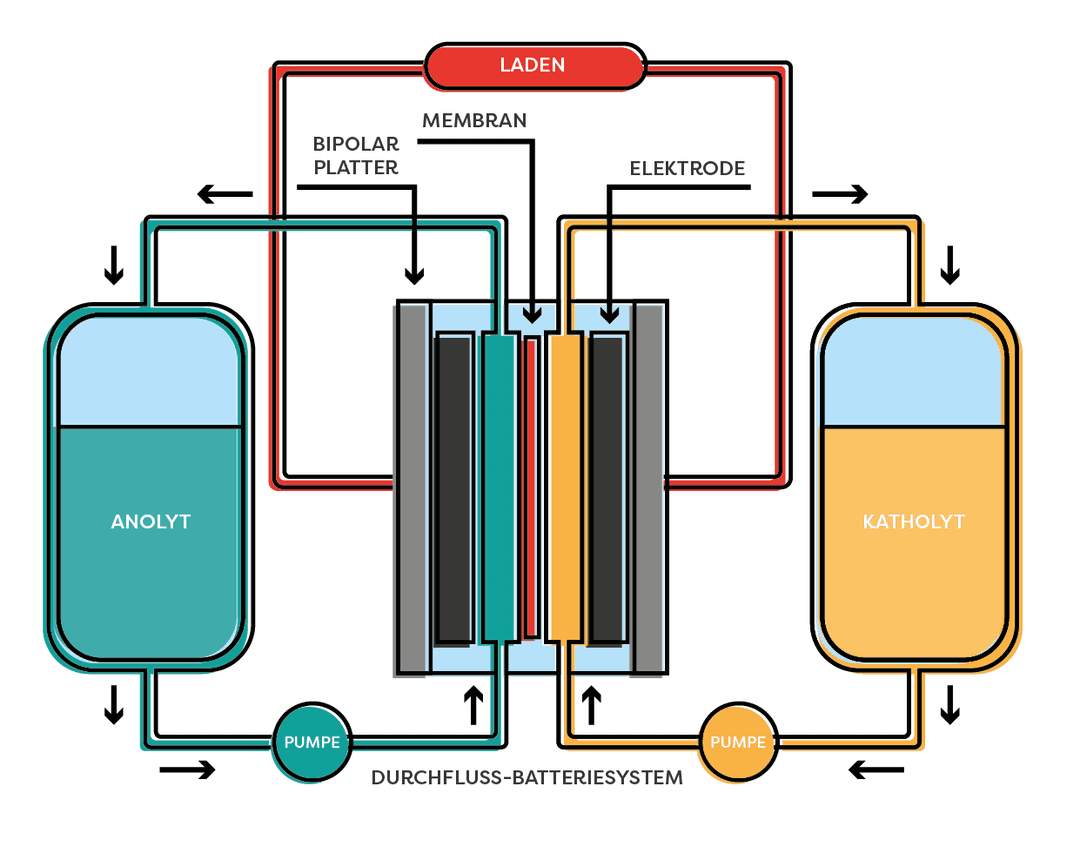
Redoxflow Batterien CGT Carbon
Redox flow batteries represent a captivating class of electrochemical energy systems that are gaining prominence in large-scale storage applications. These batteries offer remarkable scalability, flexible operation, extended cycling life, and moderate maintenance costs. The fundamental operation and structure of these batteries revolve around the flow of an electrolyte, which facilitates.